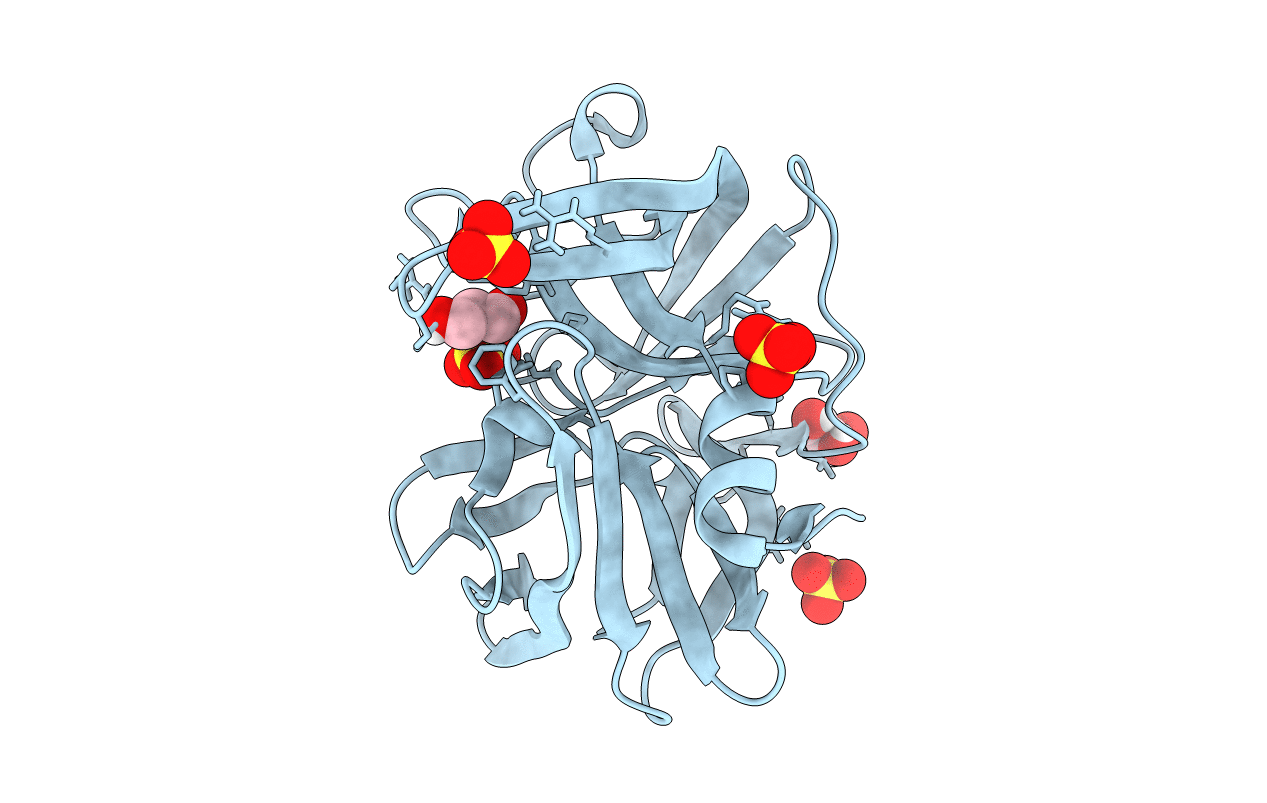
Deposition Date
2004-03-24
Release Date
2004-05-04
Last Version Date
2024-10-09
Entry Detail
PDB ID:
1SSX
Keywords:
Title:
0.83A resolution crystal structure of alpha-lytic protease at pH 8
Biological Source:
Source Organism:
Lysobacter enzymogenes (Taxon ID: 69)
Host Organism:
Method Details:
Experimental Method:
Resolution:
0.83 Å
R-Value Free:
0.09
R-Value Work:
0.08
R-Value Observed:
0.08
Space Group:
P 32 2 1


